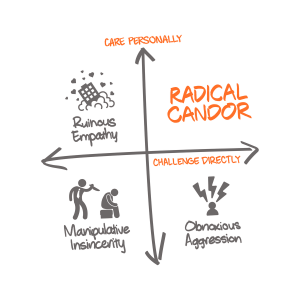Ron Kurtz, (March 17, 2015)
In part 1 of this series, we looked at big data and how it is the focus of much content in business and marketing media. There is no question that big data can be very useful, but big data can only provide a portion of the research that marketers of high end products need in order to understand and effectively market to the affluent and luxury consumers.
A New York Times article about nine problems of big data merits your consideration.
Big data give you the opportunity to try to deduce why individuals act the way they do. Of course, you don’t know for sure which of these people can afford your product. Many, if not most, may be either “luxury voyeurs” or “hopelessly aspirational.
Do you often wish you could ask and listen to how people explain their thinking and their behavior? And would it be very helpful if you knew all of these people could actually afford your product and might be persuaded to buy it?
This kind of insight into your target market is available through well-constructed surveys. Unfortunately, much of current survey research among the affluent is based on online panels, a methodology that costs less and takes less time than other methodologies but is of questionable accuracy and reliability for understanding the affluent.
If you need to know what the affluent are thinking and doing, online panel research should be used with caution. Such research can easily produce misleading results.
Anyone who is comfortable with online panel research among the affluent should sign up for one or two panels. They will soon experience various forms of frustration that no affluent person would likely tolerate in order to receive the modest participation incentives.
Three reports that demonstrate the problems associated with online panels merit your consideration:
Sample Quality of Online Panels: Putting Lipstick on the Piggy Bank, Dirty Little Secrets of Online Panels, and More Dirty Little Secrets of Online Panel Research. The latter two were the subject of an article that appeared in the American Marketing Association’s Greenbook Market Research newsletter.
Grey Matter Research ran an internal test on several panels they had used or were considering. They arranged for a selection of mystery shoppers to sign up for each panel and be typical respondents for a month.
The following are examples of how some panels treated their members:
- Opportunities to complete 50 to 60 questionnaires in a row, non-stop
- Over four out of ten studies were closed within less than 24 hours after invitations were sent, with some closed in as little as one or two hours
- Sent 61 survey invitations in just one month
- Pays its respondents the equivalent of $2.67 per hour
- Sent 15 survey invitations over a two-day period
- Carries advertising on its website – perhaps showing panelists your competitors’ ads before they answer your surveys
While the examples cited above are based on general consumer panels, these same panels are often the sources of respondents for surveys of affluent and luxury consumers. It is hard to imagine how people that endure this type of treatment can be representative of the true luxury and affluent consumers.
Direct mail surveys of the affluent can be a practical and reliable alternative to surveys among online panels. In our experience with twice-yearly surveys of the affluent over the past 13 years, we have found that direct mail surveys offer the following seven benefits:
1) Ability to accurately target specific market segments for a new random, projectable sample every survey
2) Respondents will share confidential data because they can be confident of anonymity
3) Respondents have not been over surveyed or subjected to frustrations associated with online panels
4) Response rates (10% or more) provide confidence that sample is representative of the target population
5) Costs need not be inflated by expensive participation incentives
6) Field work can typically be completed within 2 weeks after the initial mailing
7) Respondents are generally more affluent (higher net worth) than respondents to online panel surveys
Direct mail surveys are not appropriate for all types of research, e.g., where product exposure or reaction to video is involved. Direct mail is, however, a methodology that merits more consideration and usage than it usually receives.
(309)
Report Post





